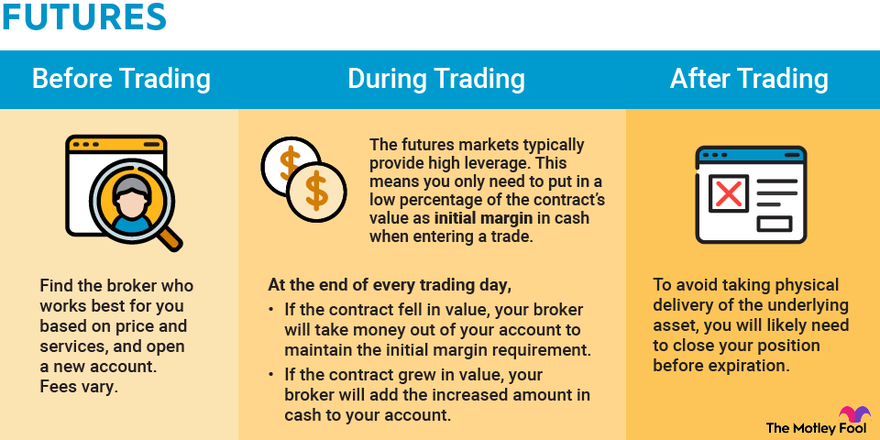Essential Tools for Successful Futures Trading
Essential Tools for Successful Futures Trading
Blog Article
Take-profit trading is an essential technique for several traders trying to secure in gains while managing dangers effectively. But, even skilled traders frequently produce futures trading review that could affect their returns. By becoming conscious of those popular traps, you are able to improve your techniques and make take-profit trading function to your advantage. Here's a breakdown of the most frequent errors to watch out for and how to avoid them.
1. Placing Impractical Income Targets
A significant mistake traders produce is placing profit goals which can be very ambitious. While the purpose of take-profit trading is to maximise gains, impractical goals frequently result in missed opportunities. For instance, rather than seeking for a get back that is impossible within current market problems, traders must analyze historic price activities, styles, and realistic income margins.
To fix this, arrange your income targets with industry volatility and traditional opposition levels. Trying for achievable targets reduces disappointment and increases the likelihood of consistently securing in profits.

2. Ignoring Industry Traits
Trading against the marketplace tendency is really a formula for losses, even if take-profit degrees are involved. Some traders set firm gain goals without accounting for the general way of the market. This usually results in rapid leaves or missed options to capitalize on significant value movements.
Guarantee that your take-profit strategies arrange with prevailing trends. Applying instruments like moving averages or trendlines will help identify the broader market way, ensuring you leave trades at maximum levels.
3. Failing woefully to Change for Market Problems
The markets are energetic and continually changing. Maintaining a fixed take-profit technique, no matter recent situations, raises the chance of inefficiency. Many traders stay to their preliminary plans even when new knowledge or changes in economic problems recommend otherwise.
To address this, adopt a flexible approach. Monitor important factors like market news, volatility, and macroeconomic indicators. Change take-profit levels as new data emerges to ensure they remain relevant.
4. Overlooking Risk-Reward Ratios
A common error lies in ignoring the risk-reward percentage of trades. Some traders collection limited take-profit levels that do not make sense provided the total amount at risk. For instance, risking $100 to achieve $50 undermines successful trading principles.
To avoid this mistake, strive for a risk-reward relation of at the very least 1:2. What this means is the possible income should be at least double the total amount you're prepared to risk. Subsequent that concept advances the chances of long-term profitability.

5. Mental Trading
One of the most detrimental mistakes in take-profit trading is allowing feelings dictate decisions. Anxiety and greed frequently lead to changing take-profit levels impulsively, which reduces odds of staying with an audio strategy.
Beat that by depending on solid examination and staying with predefined rules. Using computerized trading techniques also can support eliminate the impact of thoughts by executing trades predicated on predetermined criteria.
Avoiding these popular mistakes needs control, continuous evaluation, and a willingness to adapt. By cautiously controlling your take-profit methods, you can improve your trading accomplishment and minimize pointless losses. Report this page